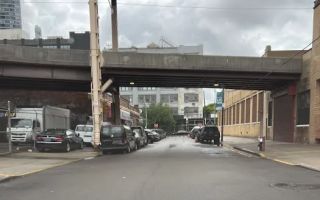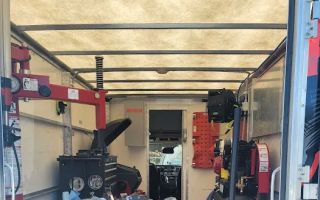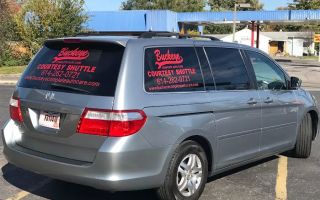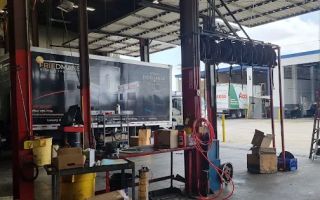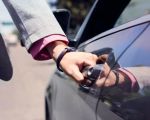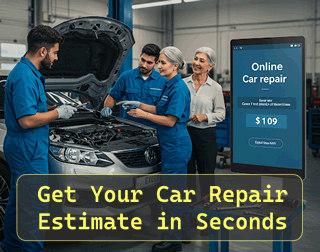- Common-Exclusions-in-Roadside-Assistance
- Limitations-on-Services-Offered
- Situations-Not-Covered-by-Roadside-Assistance
- Real-Life-Cases-Illustrating-Roadside-Assistance-Gaps
- How-to-Prepare-for-Uncovered-Emergencies
Common Exclusions in Roadside Assistance
Roadside assistance is a vital service for many drivers, offering help with battery jumps, tire changes, towing, and fuel delivery. However, it’s important to understand what roadside assistance does not cover to avoid unpleasant surprises when you’re in need.
Typically, roadside assistance plans exclude major mechanical repairs, long-distance towing beyond a specified limit, and services related to pre-existing vehicle conditions. For example, if your car breaks down due to engine failure or transmission problems, roadside assistance won’t cover the repair cost or extensive recovery service.
Many policies also exclude coverage for certain types of vehicles, such as commercial trucks, motorcycles, or off-road vehicles, limiting eligibility. Knowing these exclusions upfront helps drivers make informed decisions about additional coverage or alternative support options.

California Car Cover Co
1650 Voyager Ave B, Simi Valley, CA 93063, USA
What Isn’t Included in Most Plans
Besides mechanical failures, some services like locksmith assistance or winching from difficult terrain might not be standard and could require an upgrade or additional fee. It’s essential to review your roadside assistance contract carefully to understand these boundaries.

California Car Cover Co
1650 Voyager Ave B, Simi Valley, CA 93063, USA
Limitations on Services Offered
Beyond outright exclusions, roadside assistance often comes with service limitations that can affect how and when help is provided.
Distance and Location Restrictions
Many roadside assistance plans impose a maximum towing distance, commonly between 5 to 15 miles. If your vehicle needs to be transported farther, you will likely incur additional costs. Moreover, if you are in a remote or difficult-to-access location, roadside assistance providers may face challenges or refuse service due to safety concerns.
Number of Service Calls
Some programs limit the number of service calls allowed within a certain time frame, such as annually. Exceeding this quota might result in denial of further assistance or extra charges. This limitation is designed to prevent abuse of the service but can be frustrating for drivers with repeated issues.
Situations Not Covered by Roadside Assistance
Understanding specific scenarios where roadside assistance will not intervene is crucial for setting realistic expectations.
Accidents and Collision Damage
Roadside assistance does not cover towing or repairs related to accidents, collisions, or vehicle damage caused by external factors. While they may help move a vehicle off the road after an accident, further repairs or extensive towing are usually outside their remit.
Fuel Quality Issues
If your vehicle breaks down due to bad fuel or contamination, roadside assistance typically will not cover repairs or cleaning services. They might only provide emergency fuel delivery if you simply ran out, but diagnosing fuel-related problems is considered a mechanical issue.
Intentional Damage or Neglect
Damage caused by intentional acts or neglect, such as ignoring maintenance or continuing to drive with known issues, is generally excluded. Roadside assistance is designed to help with unforeseen emergencies, not problems resulting from avoidable neglect.
Real-Life Cases Illustrating Roadside Assistance Gaps
Consider the story of Sarah, who found herself stranded after her car’s transmission failed on a weekend trip. Her roadside assistance plan covered towing only up to 10 miles, but the nearest mechanic was 40 miles away. As a result, she had to arrange and pay for additional towing herself, learning firsthand what roadside assistance does not cover.
Another example involved Tom, whose car was stuck in a muddy ditch after heavy rains. His roadside assistance provider refused to offer winching service because the vehicle was off-road, which was beyond their service scope. This experience highlighted the importance of understanding service limitations before an emergency arises.
Stories like these are common and underscore the value of supplementing basic roadside assistance with more comprehensive options or specialized services available from providers like Rescue & Towing.
How to Prepare for Uncovered Emergencies
Knowing what roadside assistance does not cover empowers you to better prepare for unexpected situations.
Consider Extended Coverage or Specialty Plans
Many companies offer enhanced roadside assistance plans that cover additional services such as locksmith help, extended towing distances, or off-road recovery. Evaluating your needs and environment can guide you to choose a plan that reduces coverage gaps.
Keep Emergency Supplies and Contacts Handy
Always have basic emergency tools like jumper cables, a tire repair kit, and a reliable phone charger in your vehicle. Also, save contact information for trusted towing and repair services. Rescue & Towing, for instance, provides specialized roadside help that goes beyond standard assistance plans.
Regular Vehicle Maintenance
Preventing emergencies before they occur is the best strategy. Routine inspections and maintenance reduce the chance of breakdowns that roadside assistance does not cover, such as engine or transmission failures.


